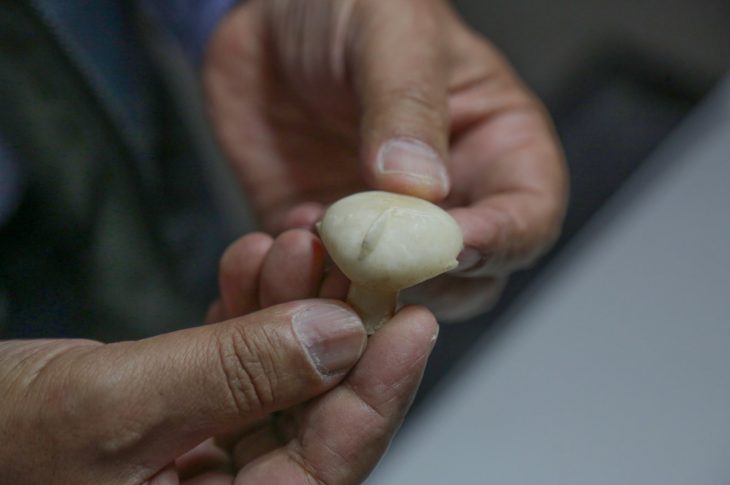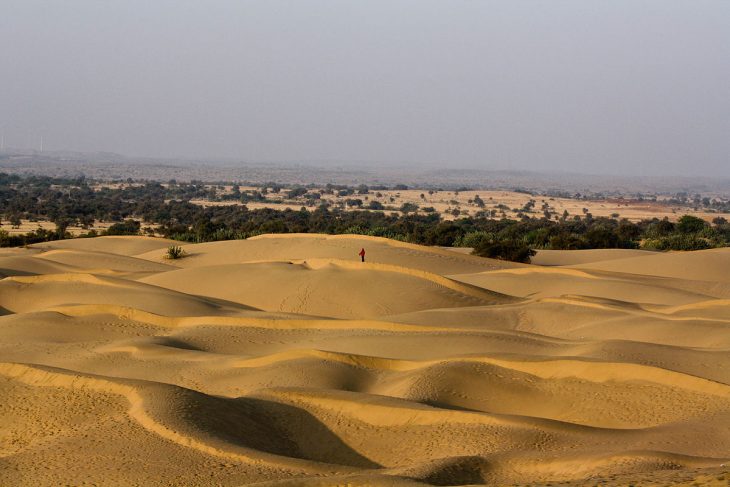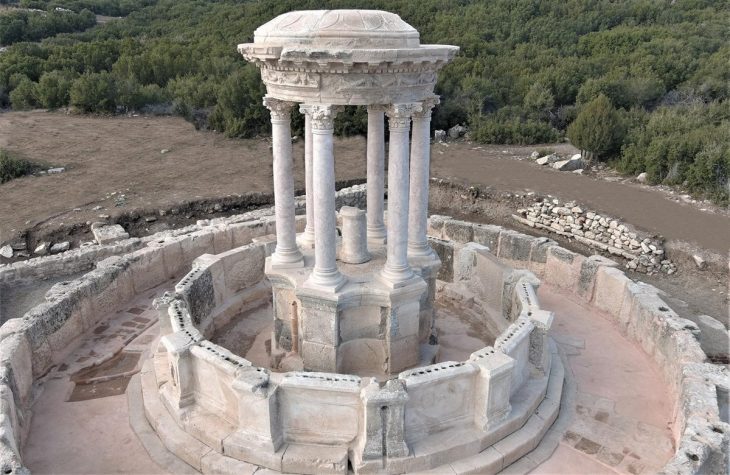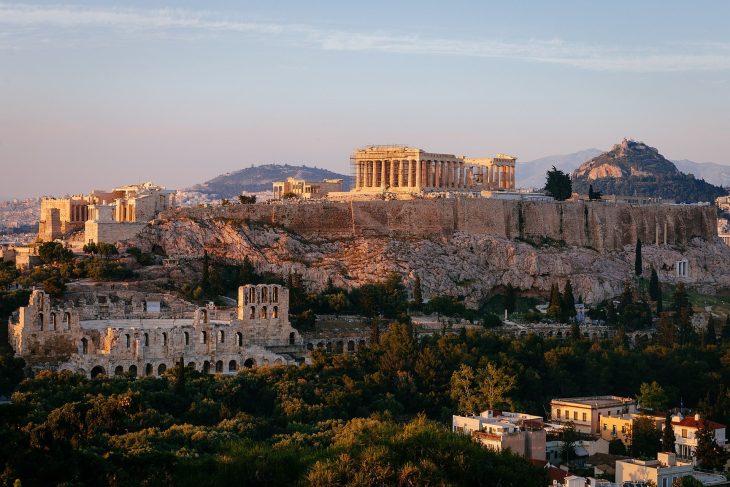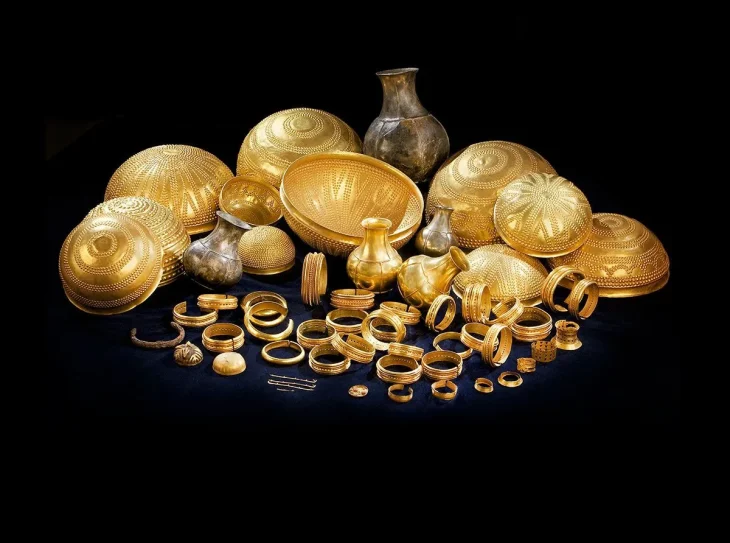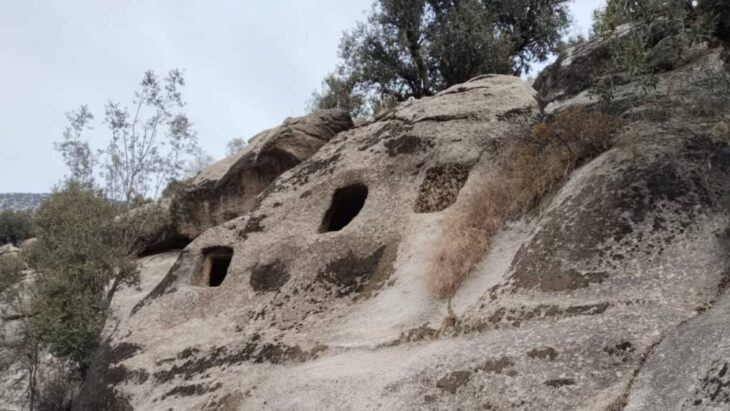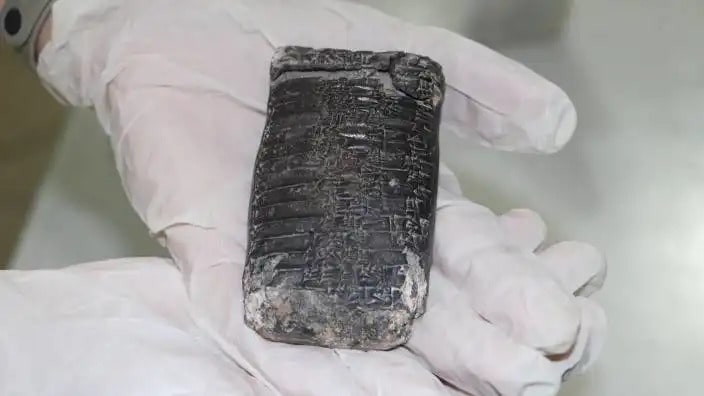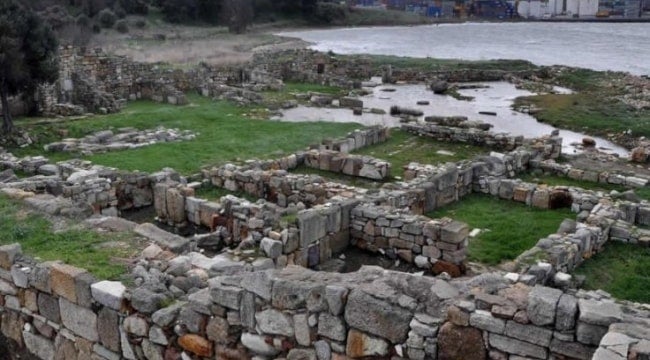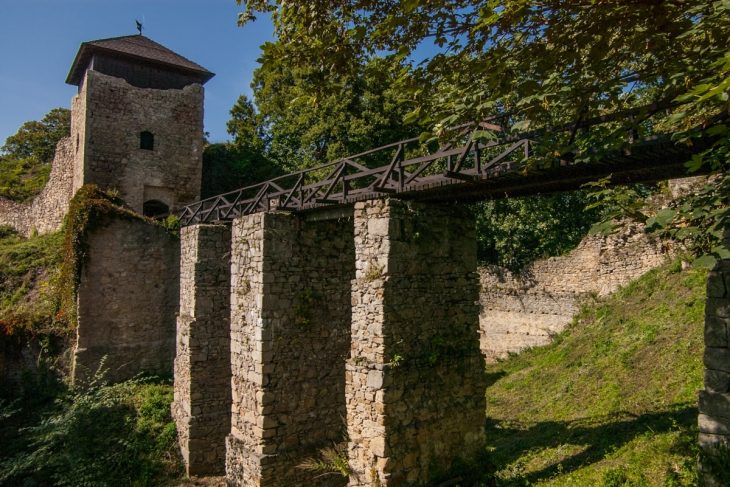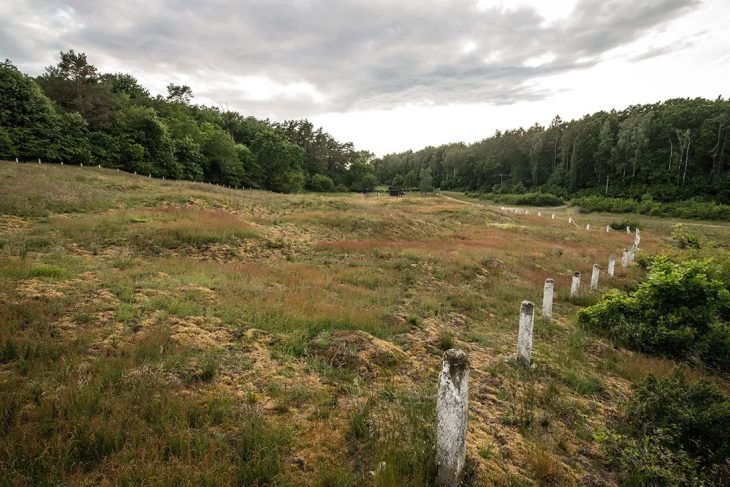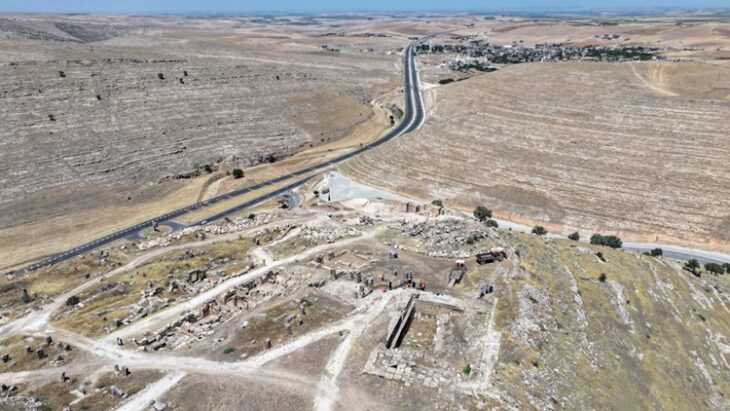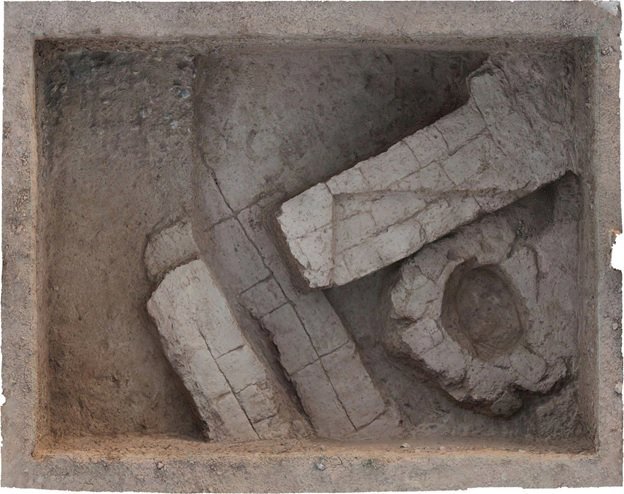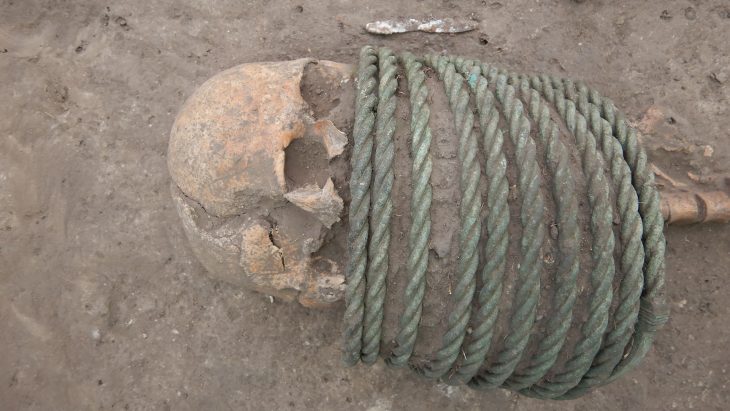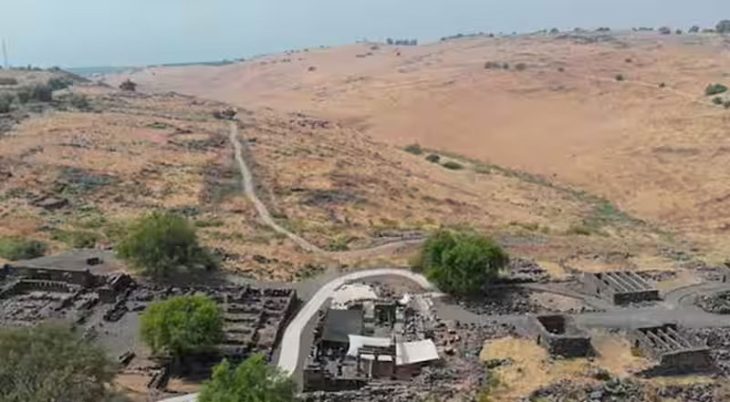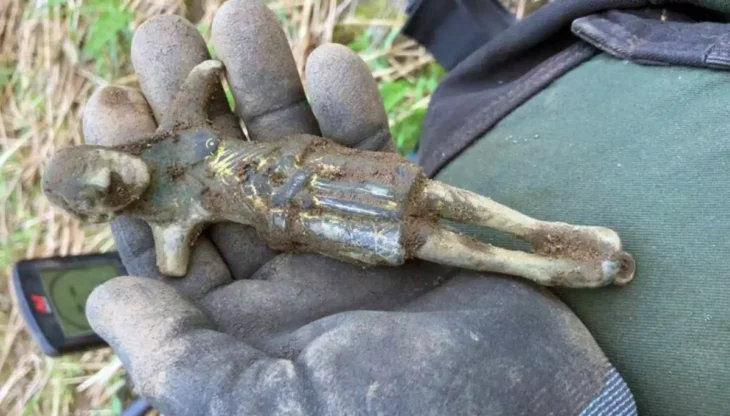Long before modern borders were drawn, ancient spiritual traditions — led by shamans and rooted in communion with the unseen — crisscrossed the vast Eurasian steppes, leaving behind traces in rituals, symbols, and stone. A recent Bulgarian expedition into the heart of Mongolia reveals tantalizing clues linking the pagan past of the Bulgars to the rich shamanic heritage of Central Asia, where spirits, gods, and ancestral voices still echo through the mountains and sacred sites.
A pioneering Bulgarian scientific expedition to the Sayano-Altai mountain foothills in Mongolia has returned with new insights into the ancient roots of Bulgaria’s cultural and spiritual heritage. The mission, led by renowned archaeologist Prof. Nikolay Ovcharov and Mladen Stanev, Chair of the Association of Bulgarians Around the World, focused on uncovering traces of shamanic traditions and cultural transmissions between ancient Central Asian civilizations and pagan Bulgaria (7th–9th centuries AD).
Revisiting the Origins of the Ancient Bulgars
While traditional theories have placed the origins of the ancient Bulgars within either Turkic-Altaic or Iranian contexts, recent academic discourse suggests a more complex ethnogenesis. “The ancient Bulgars were likely influenced by a mosaic of peoples and traditions from Central Asia,” Ovcharov explained at a recent press conference in Sofia.
Key cultural parallels include the use of Turkic runic script, deities such as Tangra and Umai, and shamanic imagery depicted in early Bulgarian capitals such as Pliska and Preslav. These elements point to long-standing spiritual and cultural connections between Bulgars and Central Asian steppe societies.
Exploration of Sacred Mongolian Sites
The two-week expedition covered over 5,000 kilometers across Mongolia’s rugged terrain, including Ulan Bator, the ancient Mongol capital of Karakorum, and the remains of the Uyghur Khaganate capital. The team studied sacred sites such as the Orkhon Valley and the Turkic shrine dedicated to Bilge Khan and Kul Tigin—early 8th-century rulers revered in both Mongolian and Turkic history.
📣 Our WhatsApp channel is now LIVE! Stay up-to-date with the latest news and updates, just click here to follow us on WhatsApp and never miss a thing!!
Particularly fascinating were the so-called “deer stones,” megalithic monuments dating back over 3,000 years, depicting stylized stags believed to represent deified beings. These bear symbolic similarities to motifs found in early Bulgarian art.
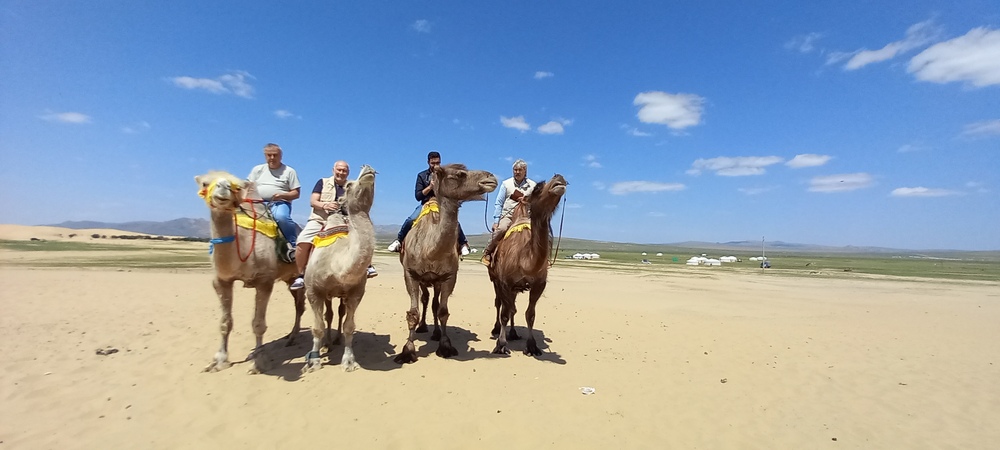
A Rare Shamanic Encounter and Cultural Reconstruction
In a key highlight of the journey, the team encountered one of Mongolia’s last living shamans, 85-year-old Baldorj, in the secluded Khuvsgul mountains. During a rare kamlayane ritual, Baldorj summoned 13 spiritual entities (ongons), believed to traverse the vast Eurasian landscape from the Urals to the Pacific Ocean. The ritual offered valuable insights into long-forgotten practices, helping the researchers reconstruct ceremonies that might have existed in pagan Bulgaria over a millennium ago.
Further investigations near Mongolia’s western borders with China, Kazakhstan, and Russia included visits to significant petroglyph sites such as Khoid Tsenkher cave, Chandman Khar, and Ishgen Tolgoi. These sites displayed vivid hunting and battle scenes closely resembling graffiti in early Bulgarian fortresses.
Future Plans: Shamanic Rituals and Cultural Tourism in Bulgaria
Prof. Ovcharov now advocates for staging authentic shamanic rituals at key Bulgarian archaeological sites, including Madara, Varna, and the ancient Thracian city of Perperikon. In an interview with News.mn, he stated that such rituals would not only enrich scientific understanding of ancient Bulgar spirituality but also significantly boost cultural tourism in the region.
He believes that live performances by Mongolian shamans could bring ancient sites to life, turning them into immersive, educational attractions. A pilot program of such rituals is being considered for the spring of next year.
A Tribute to Cyril and Methodius in Mongolia
As a symbolic gesture of cultural bridge-building, Ovcharov also announced a campaign to erect a monument in Ulan Bator honoring Saints Cyril and Methodius—the Byzantine scholars who developed the original Cyrillic script in the 9th century. Cyrillic has been Mongolia’s official alphabet since 1945, although the traditional Mongolian script is still taught and is experiencing a revival.
Cover Image Credit: Bulgarian archeologist Prof. Nikolay Ovcharov. News.mn


